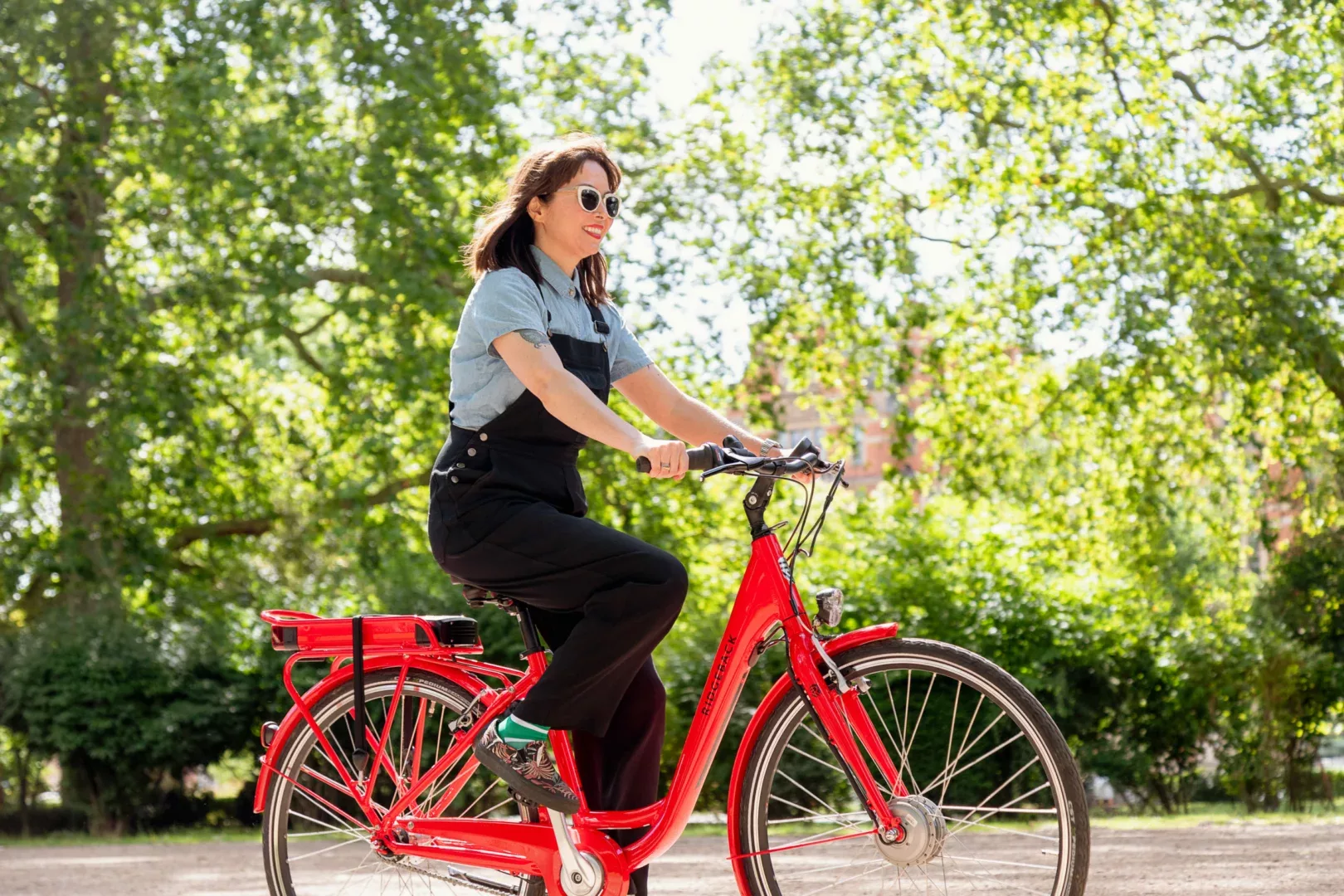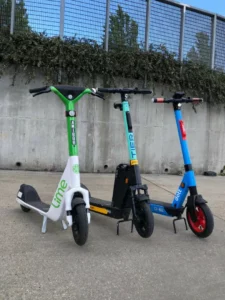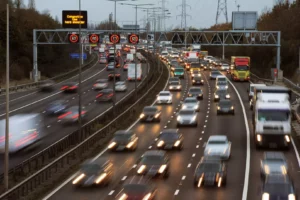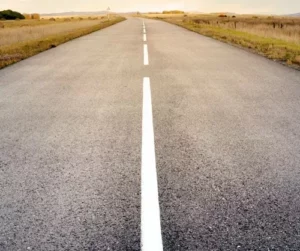A study of over 2,100 people in the UK, as part of a wider group of 14,000 people across 12 European countries for the brand Shimano, has shown that 11% of the UK have said they are more likely to use or buy an E-Bike now than they were before the COVID-19 Pandemic.
The highest age group to consider buying or using an e-bike are those aged 25-34-year-olds with 17%, compared to 12% 35-44s, and 9-11% across most other age groups.
Of those who took part in the study, 40% said they felt the reason people are more likely to buy/use e-bikes now, compared to before the COVID-19 pandemic, is because they are a suitable alternative to using a motor vehicle. 37% of Brits said lessening the impact on the environment by reducing their carbon footprint would be the main reason and 38% said the main reason would be as an alternative to public transport.
Over long distances, cars are obviously faster than bikes, but over short journeys in towns and cities, especially during peak commuter times, bikes are often speedier and more efficient – with 20% of respondents believing an e-bike would be more time-efficient than other transportation. And it’s not just time. Combining the pace of the journey with some fresh air, and the bike’s motor doing the work so you don’t get sweaty, e-bikes are an attractive option, and it looks like the public are getting the message.
Other stats include:
- 30% of 18-24 year-olds see e-bikes as a more efficient means of transportation, while 42% of 45-54 year-olds would use an e-bike to avoid the use of public transport, as one could catch COVID-19 there.
- 41% of those surveyed said that they did not feel safe riding one (for example, due to the lack of cycling infrastructure), as a reason why people were less likely to buy/use an e-bike compared to before the pandemic.
- Cost remains a major barrier for why people may not buy an e-bike, with 49% citing the perception that they are too expensive.
Despite there being a ‘bike boom’ across Europe since the start of lockdowns, it’s clear that only when local authorities and national governments take steps, such as marked cycleways or clearly signed safe cycling routes, the public at large are more inclined to saddle up.





















